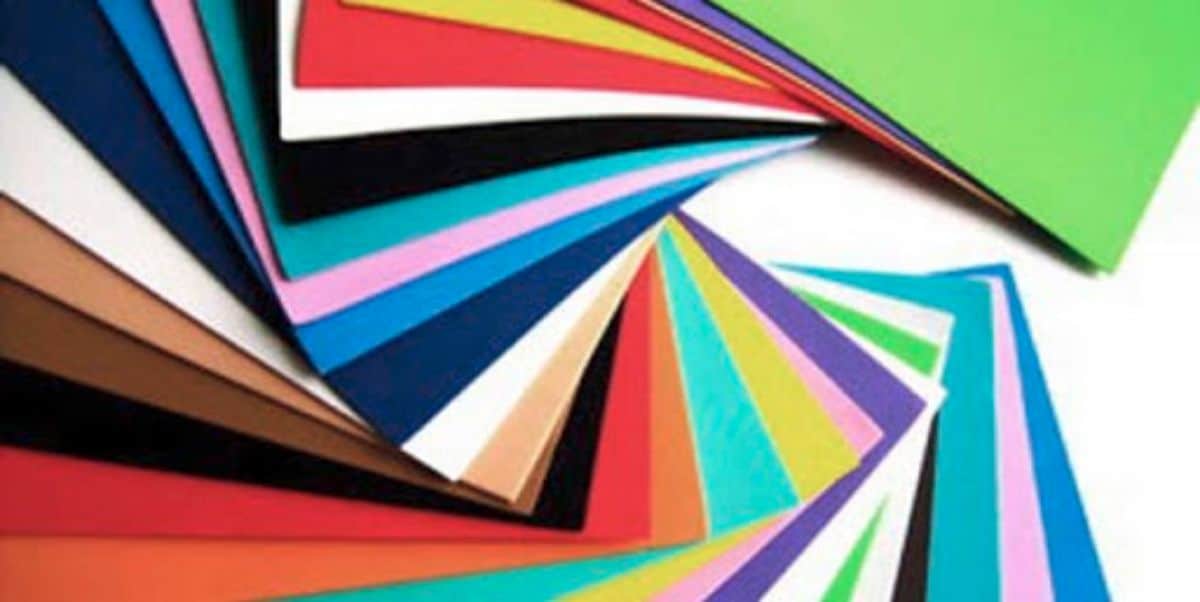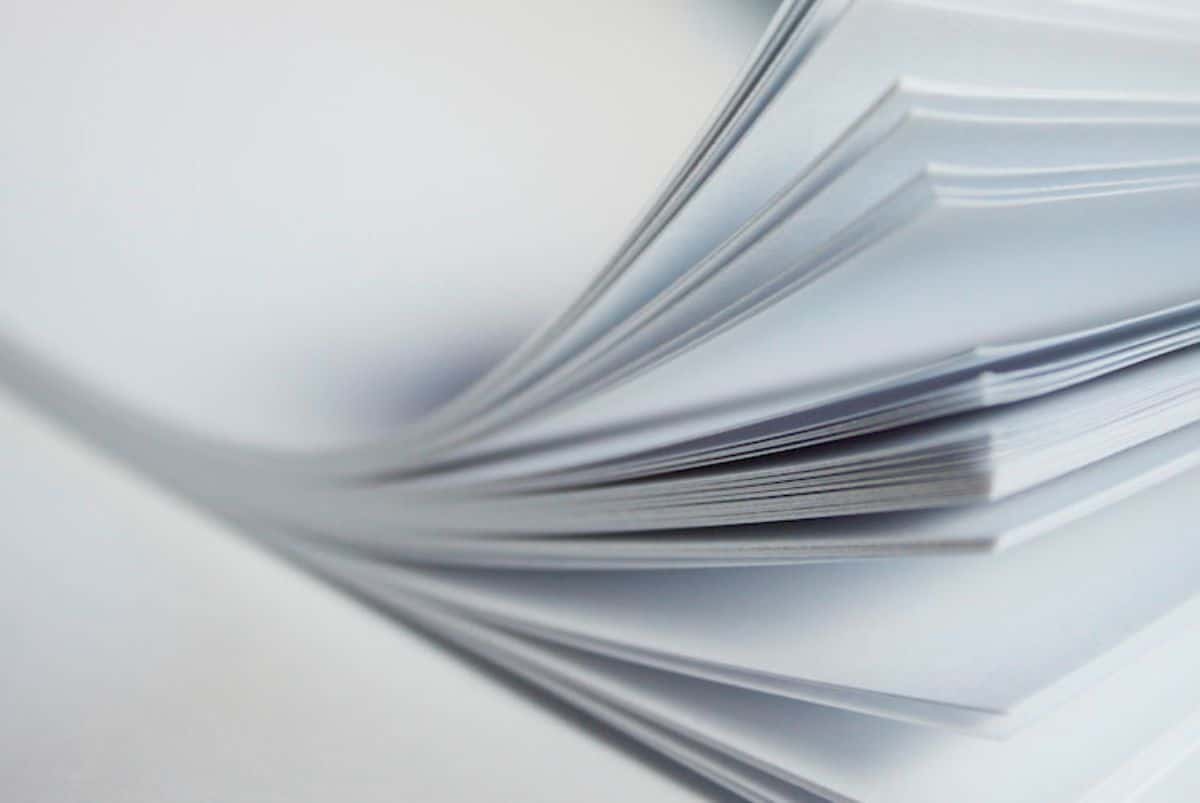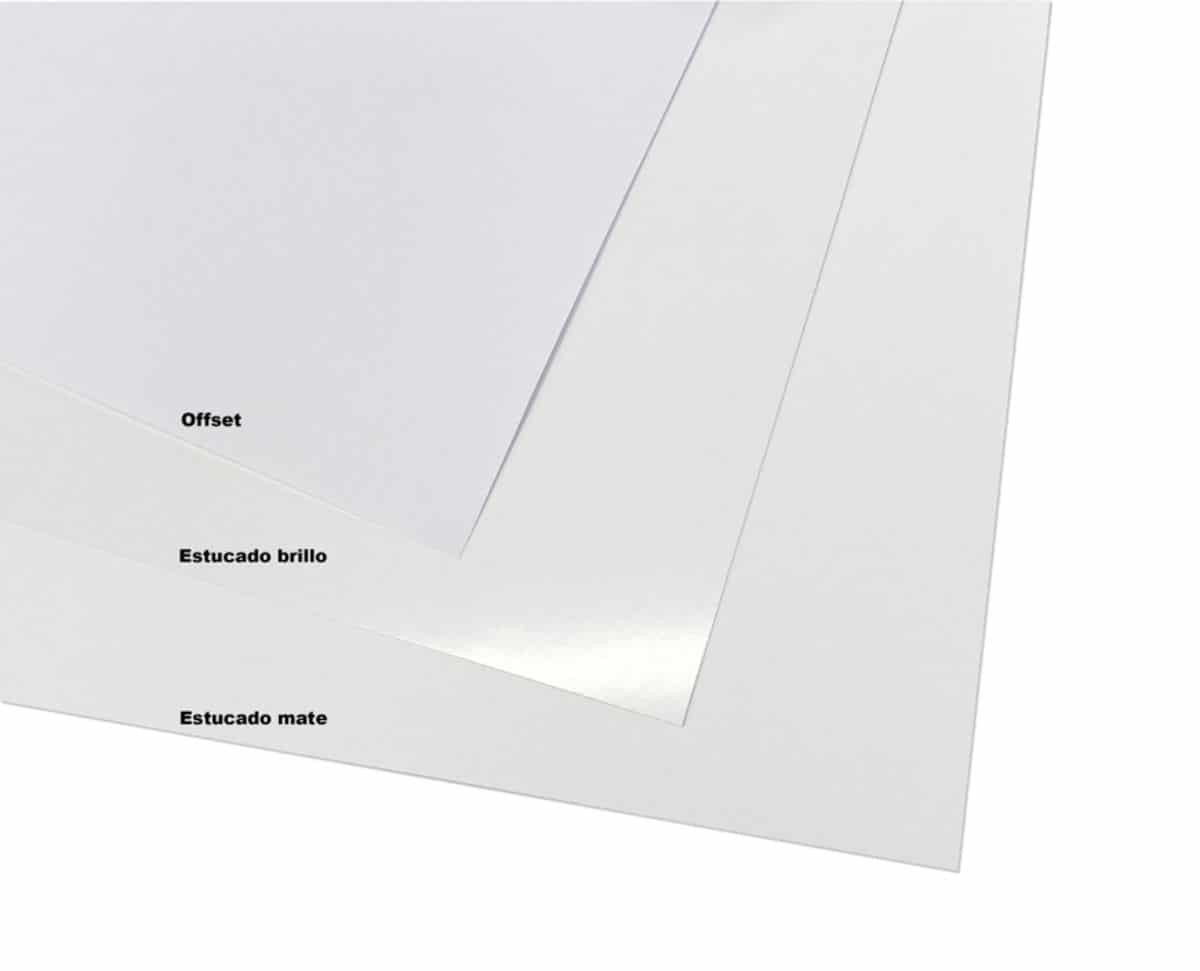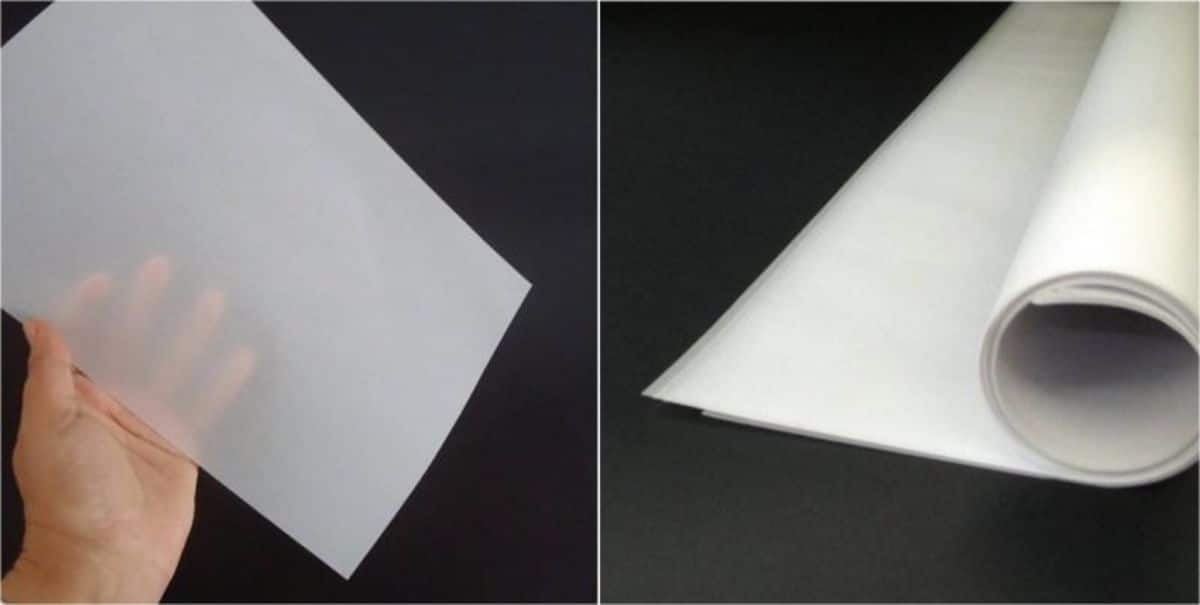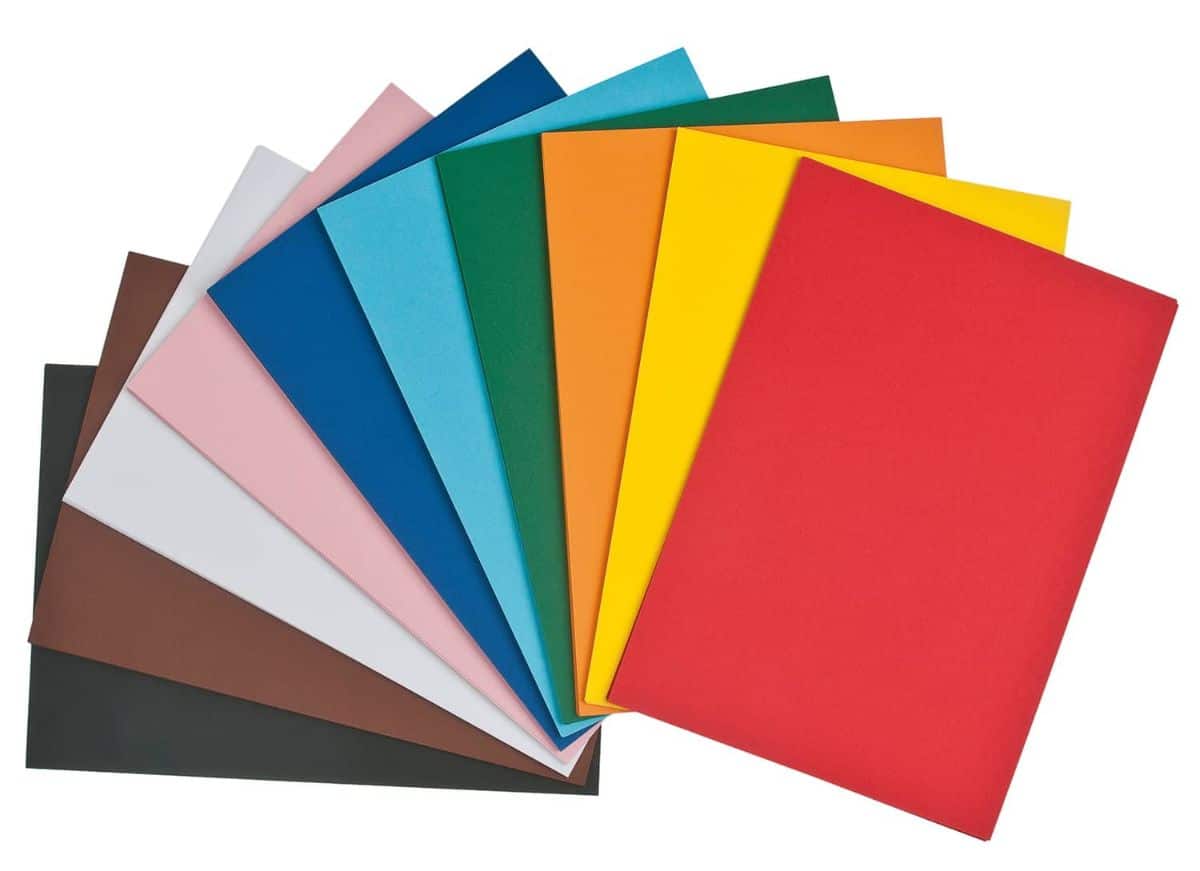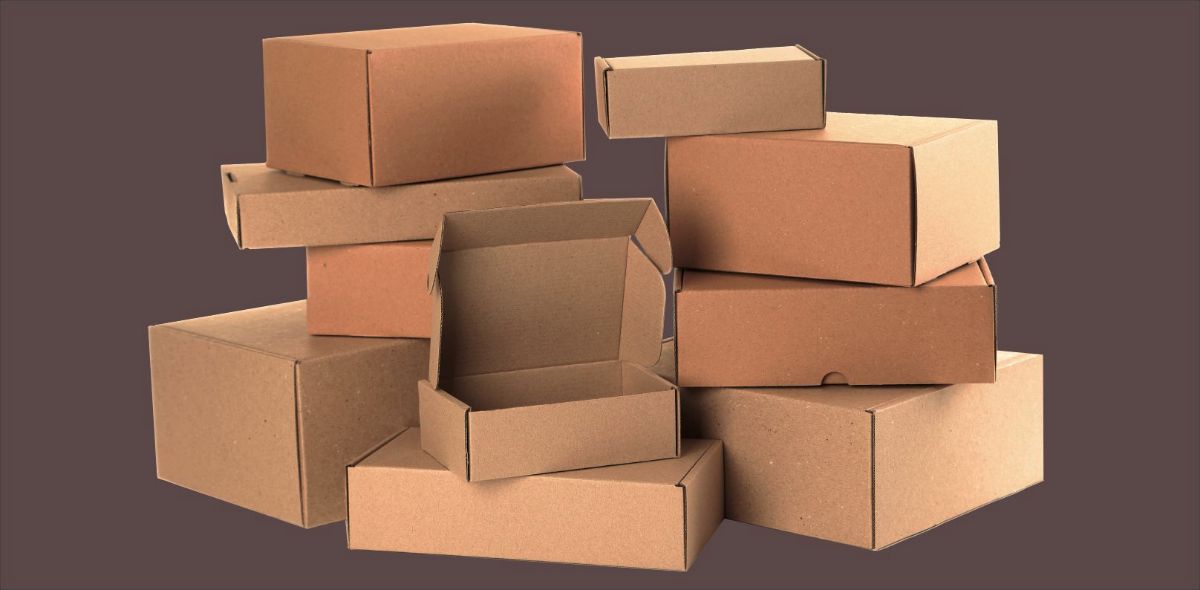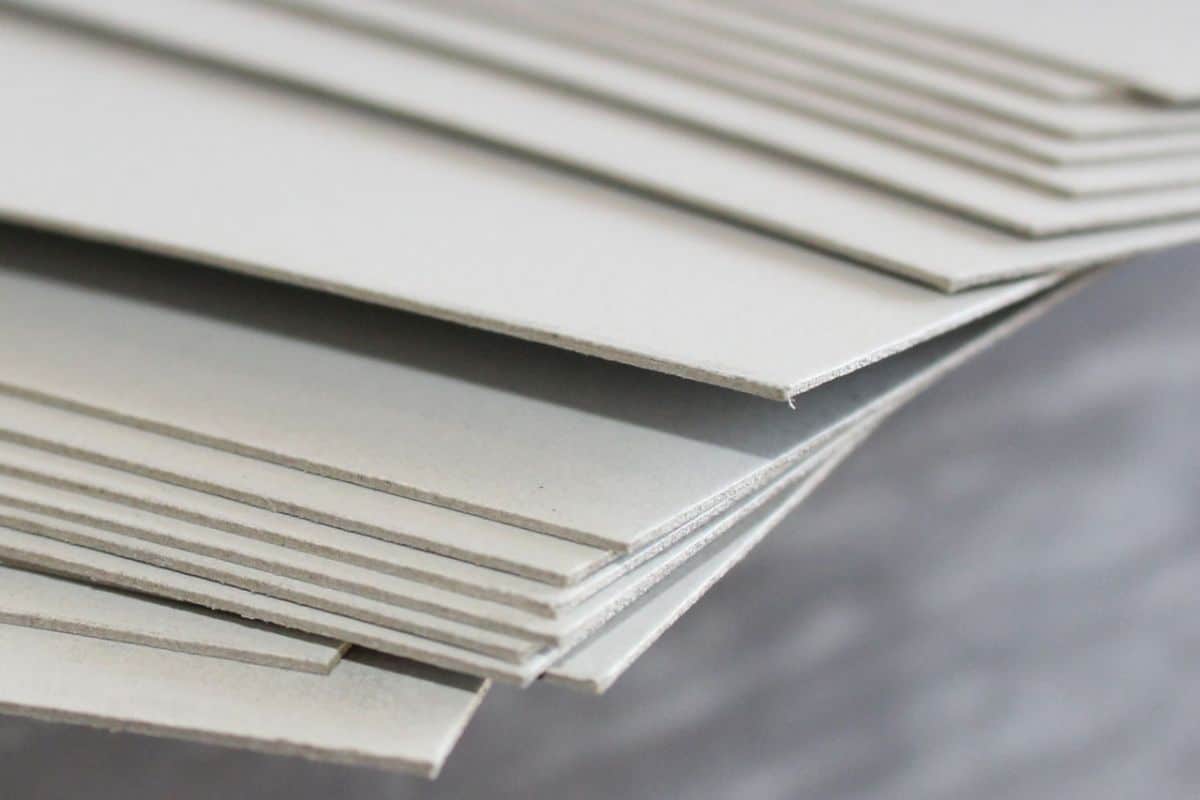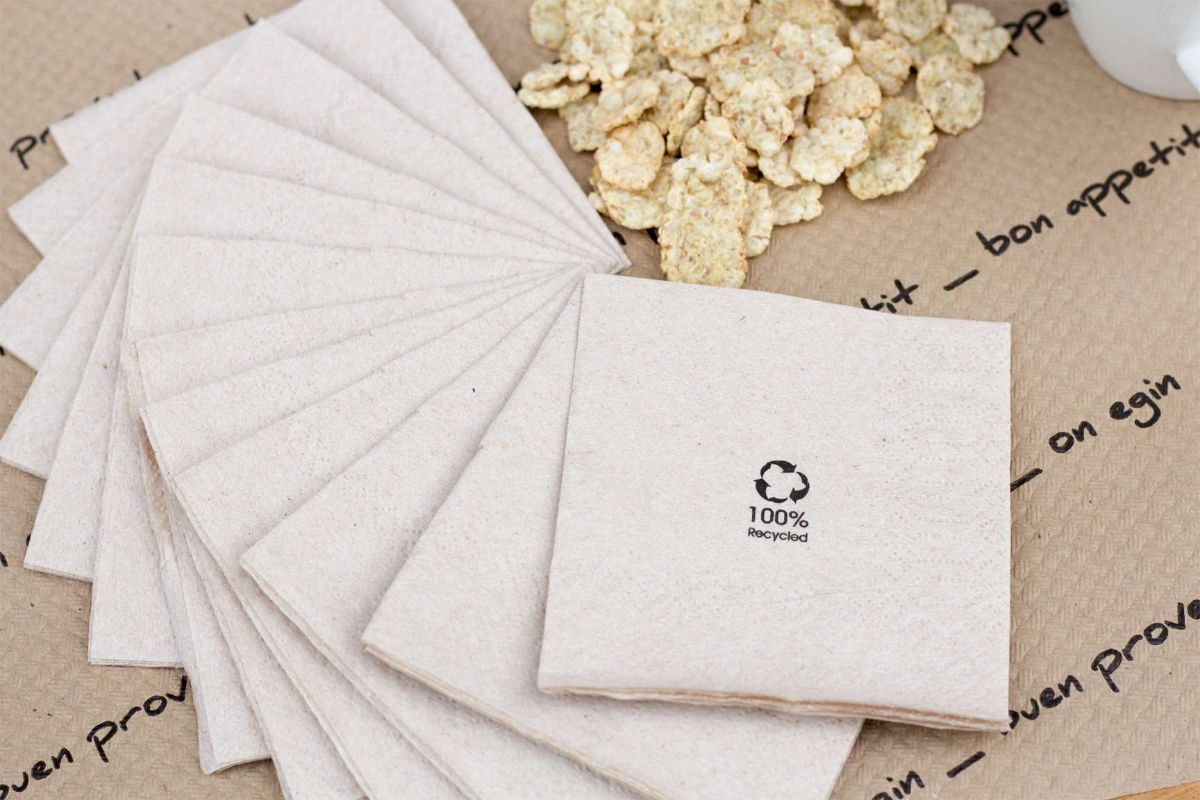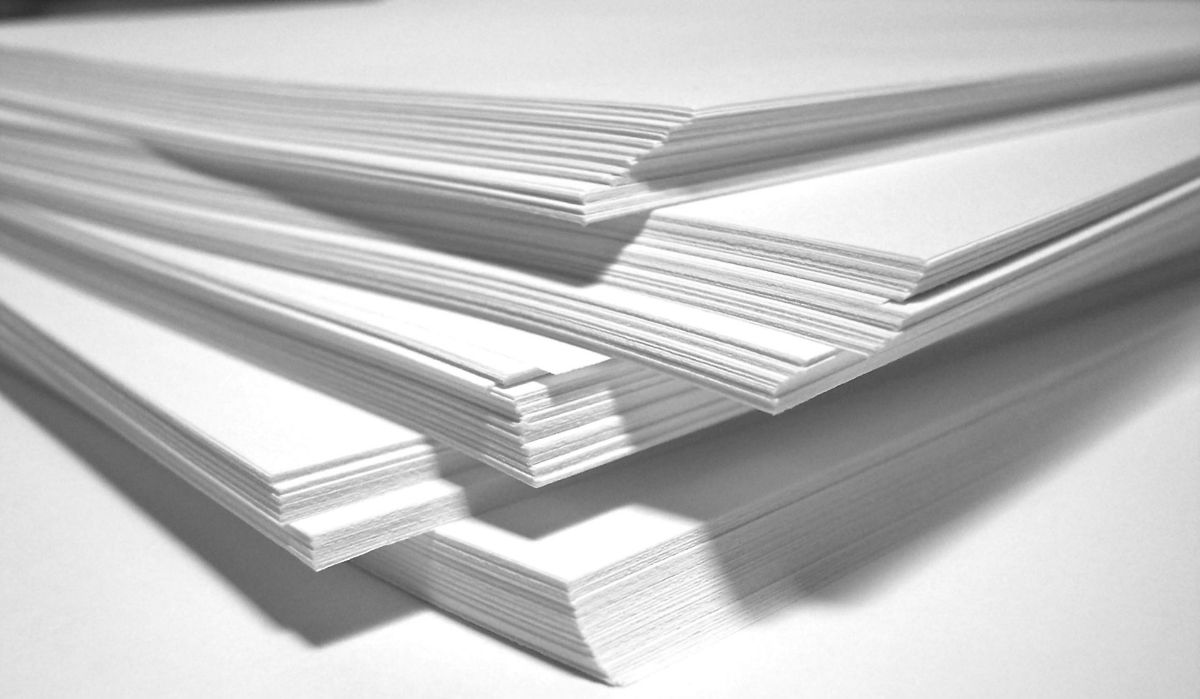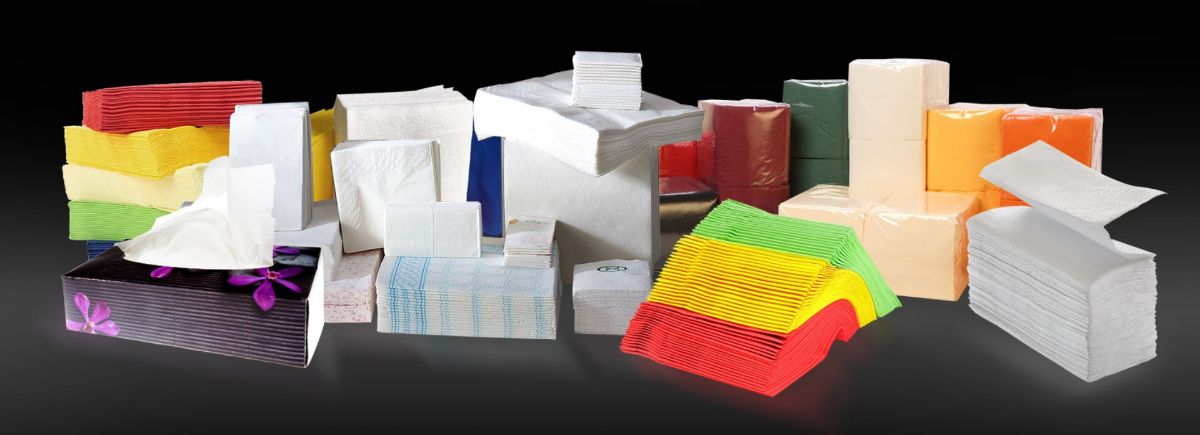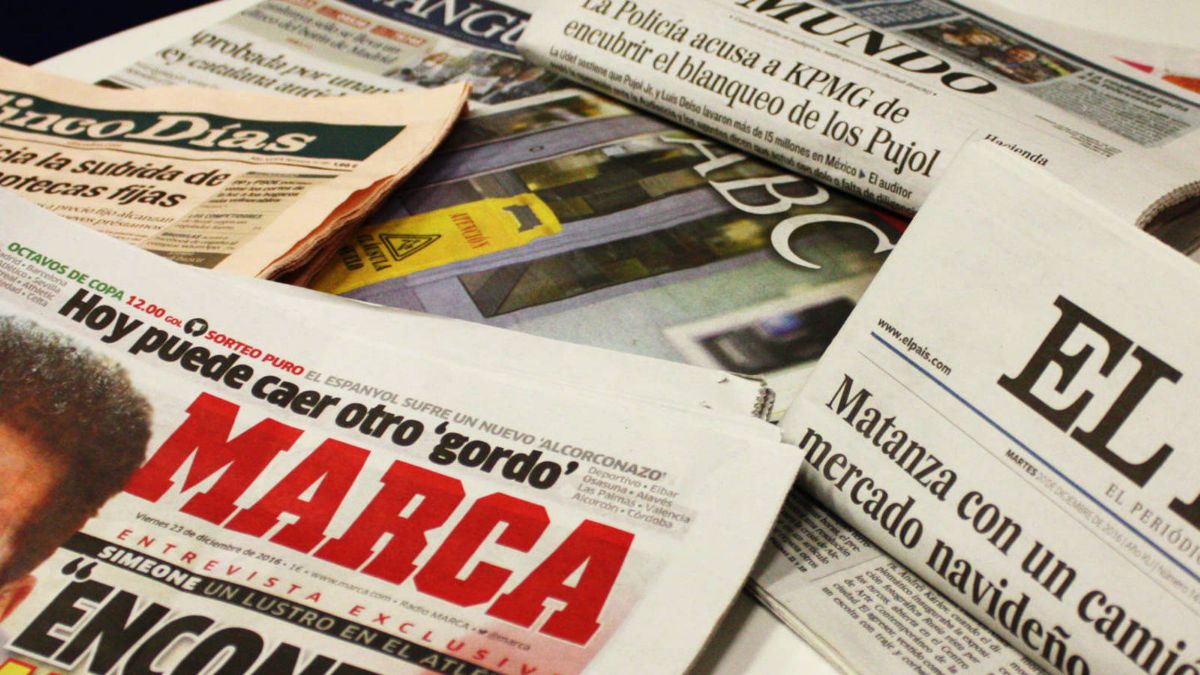Today paper is part of our day to day. Although it is becoming less common, because we try to use it as little as possible, and because we depend more and more on technology, the truth is that, at the end of the day, surely you have had contact with various types of paper. For example, with an agenda, a book, an invoice, a notebook …
In many offices, and also in homes, it is an essential element. But what you may not know is that there are actually many different types of paper. In fact, we can count 16 and we are sure to leave out a few more. But what types are there? They are all the same? This and much more is what we want to talk to you about today.
Table of Contents
What is paper
Paper can be defined as that material that is characterized by being a thin sheet that is composed either of vegetable fibers, or of materials ground and mixed with water, in addition to being dried and hardened. Its use is basically to write, draw, wrap, etc.
You may not know that the origin of the paper is in China. To do this, you must go back to the second century, where, with silk, rice straw, cotton … they managed to design the first types of paper. However, there are other historians who give rise to the Egyptians since they developed the papyrus, through the stem of the plants that grew next to the Nile River.
Actually, for sure, we don’t know who invented it, but we do know that those two countries were the first to use it.
What characteristics does the paper have
Now that you know a little more about paper, you should know what are the characteristics that it has to understand the reason why there are different types of paper. And it is that, the changes in these characteristics are what define that it is considered of one type or another.
Thus, the properties that a role has are based on the following:
The grammage. You must understand it as the passing of that role. The normal thing is that you always use a paper of 80 grammage. Those of 90 or 100 are used to print important documents and that have an elegant appearance, such as course titles, curriculum …
The thickness of the paper. It refers to the width that exists between the two faces, that is, if it is thin or thick. To give you an idea, a thick paper can be perfect for painting with tempera because you know that it will not leak through the other side of the paper or stain.
The volume. It refers to how much air the paper has. Because yes, paper is made up of air and the more it has, the lighter it will be, but it will also look chubbier.
Roughness. Another of the properties of paper is its roughness, that is, if it is smooth or has a drawing that will affect the way of writing or printing.
The opacity. Finally, you have the opacity, or what is the same, the ability for that paper to absorb the ink. The more opaque it has, the more it will be the contrast of the print or of what you write on the paper.
Types of paper
Focusing now on the types of paper, you should know that in the market there are many to choose from, and each of them can be used for one purpose or another. Thus, you can find the following:
Repro, offset or printing paper
This is the most popular paper, the one you can have at home or in the office and also the one that is manufactured the most. Usually they have weights between 70 and 100 grams, but there are times when you can find 100 and 120 grams. They are characterized by being made with little cellulose and as white as possible.
Satin or glossy paper
It is characterized by being a very shiny paper. In addition, it is very soft to the touch and even at first glance it seems to shine. Of course, due to these characteristics it is more expensive than the normal one and is usually used mainly to print high quality photographs.
Adhesive paper
As its name suggests, it is characterized by being a paper with one side that allows it to be glued to a surface. For this reason, it can only be printed on this paper on one side, because on the other it has an adhesive film composed of transparent resins and synthetic rubbers to avoid staining.
Coated or coated paper
It is better known by its first name and is characterized by being manufactured with a greater amount of short fiber and less of long fiber. In addition, the cellulose is given a coating layer, as if it were a coating, making the impression much better and more defined.
This is the paper that is often used for brochures, books or magazines.
Vegetable or carbonless paper
It is a very thin paper, easy to break, because its weight is usually not more than 55 grams. The purpose of this paper is to “copy” something else. That is why it is usually used by placing it under one paper and on top of another to serve as a transmitter of what is written, drawn or printed on one side (so that it comes out on several.
Craft paper
These types of paper are indicated for children’s crafts since they can be made in different roughnesses, colors, textures, etc.
Cardboard
The cardboard, as well as the one that we will see next, is also a paper. In this case, it is characterized by being much thicker, stiffer and more voluminous than the best known (repro paper). In this case, it is the one used to manufacture other elements that require greater hardness.
Paperboard
The cardboard does not stop being a paper, only that it differs from this in the thickness and in the elaboration that is carried out. And it is that to create it, instead of bleaching it, what is done is using raw pasta.
Each cardboard is made up of three layers of paper. Between two, this third layer has a wavy texture, which is what allows the hardness of the box to be obtained.
Cardboard
These types of paper are an intermediate between cardstock and cardboard. It is best known for being the material with which the vast majority of food boxes are made, such as cookies, cereals, ice creams, etc. Weaker than cardboard, but not as much as cardboard, you find a paper that is made with very short fibers and that makes it acquire a gray or brown tone inside.
Paper types: Recycled paper
Recycled paper is made from waste paper, so it has a good finish but is not like new. However, this type of paper helps to take care of the environment because, except for the color, which is usually duller, a dirty white and a lower resistance, it can be used in the same way as repro paper.
Paper types: Ecological or bio paper
Similar to recycling, they are not the same types of paper, because this one differs from the other. In which? Well, this paper does come from felling trees, but it is intended that, if one is cut down, it is reforested with another, in such a way that it is about maintaining the material without losses.
Paper Types: Bond Paper
I’m Bond, Bond Paper… What does that sound like to you? Well, don’t get lost too much because it has nothing to do with that. It is a letter-type paper with a grammage that can range from 60 to 130 grams and, as we have said, it is used mainly for letter paper, for envelopes or even for the inside of some books.
Paper types: Tissue paper
Surely the first thing you have thought about is tissues. And you are not misguided. In fact, napkins or toilet paper also fit into these types of paper. It is characterized by being soft and of high absorbency (due to its resistance to water).
Paper types: Newsprint
It is the one used to make a newspaper and is made with materials from recycled paper scraps or scraps of other papers since the objective is not to make it elegant. This is why it tends to have a rough finish and a distinctive smell. In fact, after a few hours, or even the next day, its deterioration begins to be noticed.



